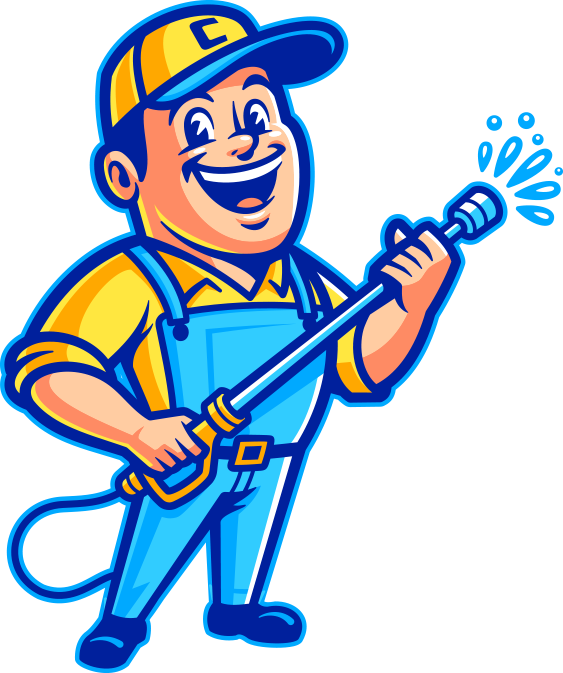Power Washing NJ: They sound the same, but actually have a few subtle differences.
Both power washing and pressure washing are ideal for homes. You can achieve similar results no matter which method you use. But the main difference lies in the water temperature. While power washing uses hot water to clean a surface, pressure washing uses a normal water temperature in conjunction with high-pressure equipment to remove grime, dirt and algae.
Power Washing: Key Characteristics
With power washing, normal pressure is used but the water is very hot. This can be used to:
- Clean vinyl, aluminum or wood siding
- Remove mildew and mold
- Kill weeds or algae
- Clean gutters
- Brighten up driveways and walkways
- Remove gum from sidewalks
- Refresh decks and patios
- Stage a house for sale
High temperature water just makes it a bit easier to clean exteriors, plus it can kill harmful substances such as mold that can pose a health risk to your family.
Pressure Washing: Key Characteristics
Pressure washing uses normal water temperature (similar to what comes out of your garden hose) but a high pressure ranging anywhere from 1300 to 2,800 psi. In essence, pressure washing will do the same high level of cleaning due to the high pressure involved, but it won’t necessarily kill off bacteria, algae and mold like the hot water will. Plus, also due to the high pressure involved, damage can be done to your exteriors if anyone but a professional performs the work.
Here at Clearview Washing, we tend to stick with a power washing approach. We call it softwashing, because it doesn’t involve a lot of dangerous high pressure, yet it’s powerful enough to rid your exteriors of all sorts of grime, graffiti, bird droppings, sap, algae and much more.
Which to Go With?
The heat involved in a power washer is ideal for heavily soiled exteriors, where there are stubborn areas of stuck-on grime, mildew, salt, sap and grease. The heated water loosens up the dirt so it can easily be cleaned off. It’s the same thing if you were to wash a greasy pan in cold water. You’re much more successful if you use warm, soapy water to loosen and lift out the grease.
Power washing is also recommended on concrete or cement. These materials are very porous, and dirt and graffiti will come off more easily when hot water is used.
In the end, we feel the best of both worlds is to use soft washing techniques with hot water and low pressure so no damage occurs to siding, roofs and other exteriors, and no moisture gets behind shingles, windows and siding planks.
Contact Clearview Washing
To learn more about the differences in our approach, including our softwash technique that’s safest on your exteriors, contact us today.



